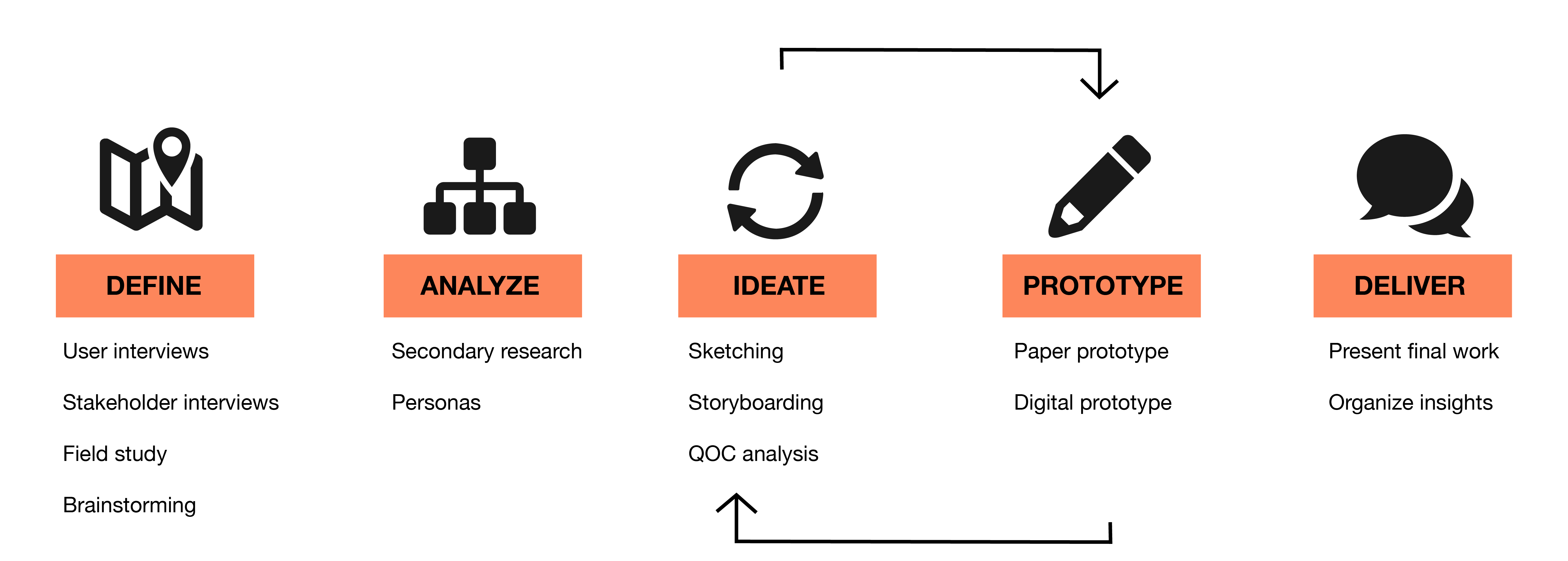
TIMELINE
Sept - Dec 2016 (14 weeks)
MY ROLE
UI + UX designer
SKILLS
Interaction design
Interviews
Personas
Sketching
Storyboarding
Prototyping
TEAM
Individual project

There are millions of millennial voters who participate in national elections but do not participate in elections that take place in their own cities. In general, older, whiter, and more affluent populations dominate the polls during local elections, especially in urban areas.
This means that the opinions and perspectives of younger and minority voters are disproportionately underrepresented in local elections.
Regarding this lack of engagement with local politics, 75% of millennials said that “not having enough information about the candidates” and a “lack of news coverage” are the most significant barriers that prevent them from participating in local elections.
How can we engage more people in elections at a local level?
“Why Millennials don’t Vote for Mayor,” Knight Foundation, 4 June 2015.
I completed a series observations and interviews with patrons and staff at the Ann Arbor District Library, as well as university students.
From these interactions, I learned:
Although I was interested in making a public installation about local politics, I realized that a public installation would not be an effective way to help people make voting plans and show up to the polls on election day.
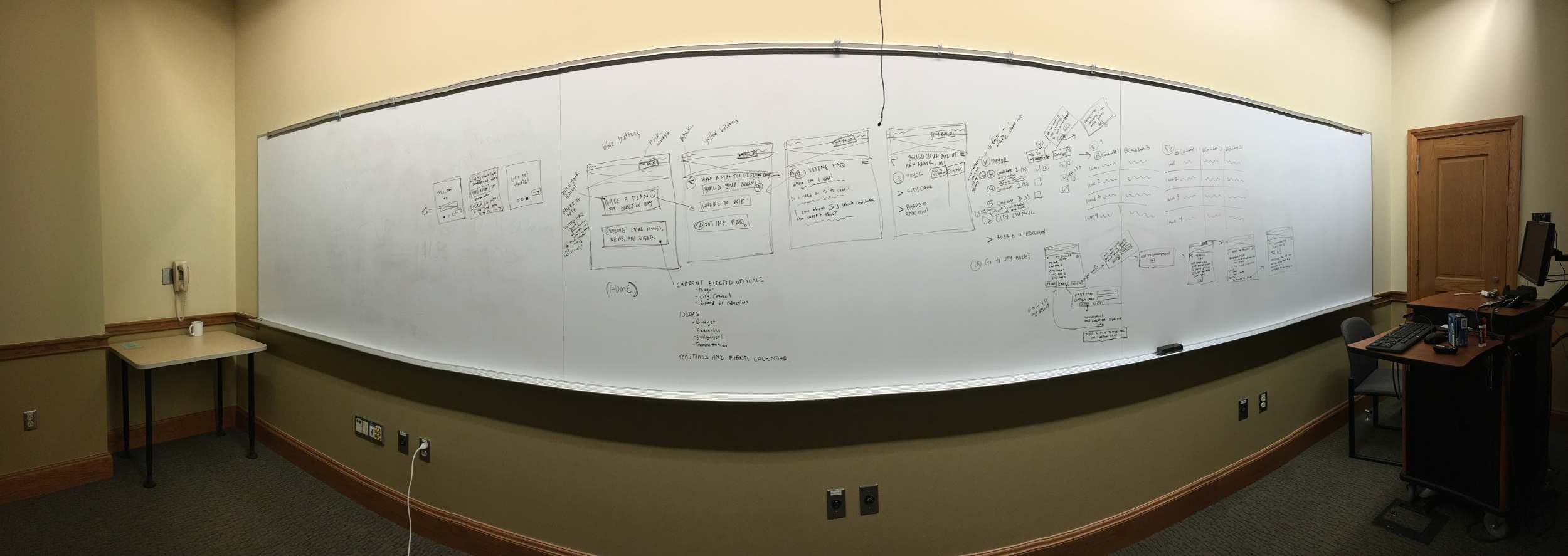
I utilized information from my interviews and observations, as well as secondary research, to create 3 personas of target users.
Each user is a Michigan resident that has varying experience with local politics and different reasons for wanting to learn more about local political issues.
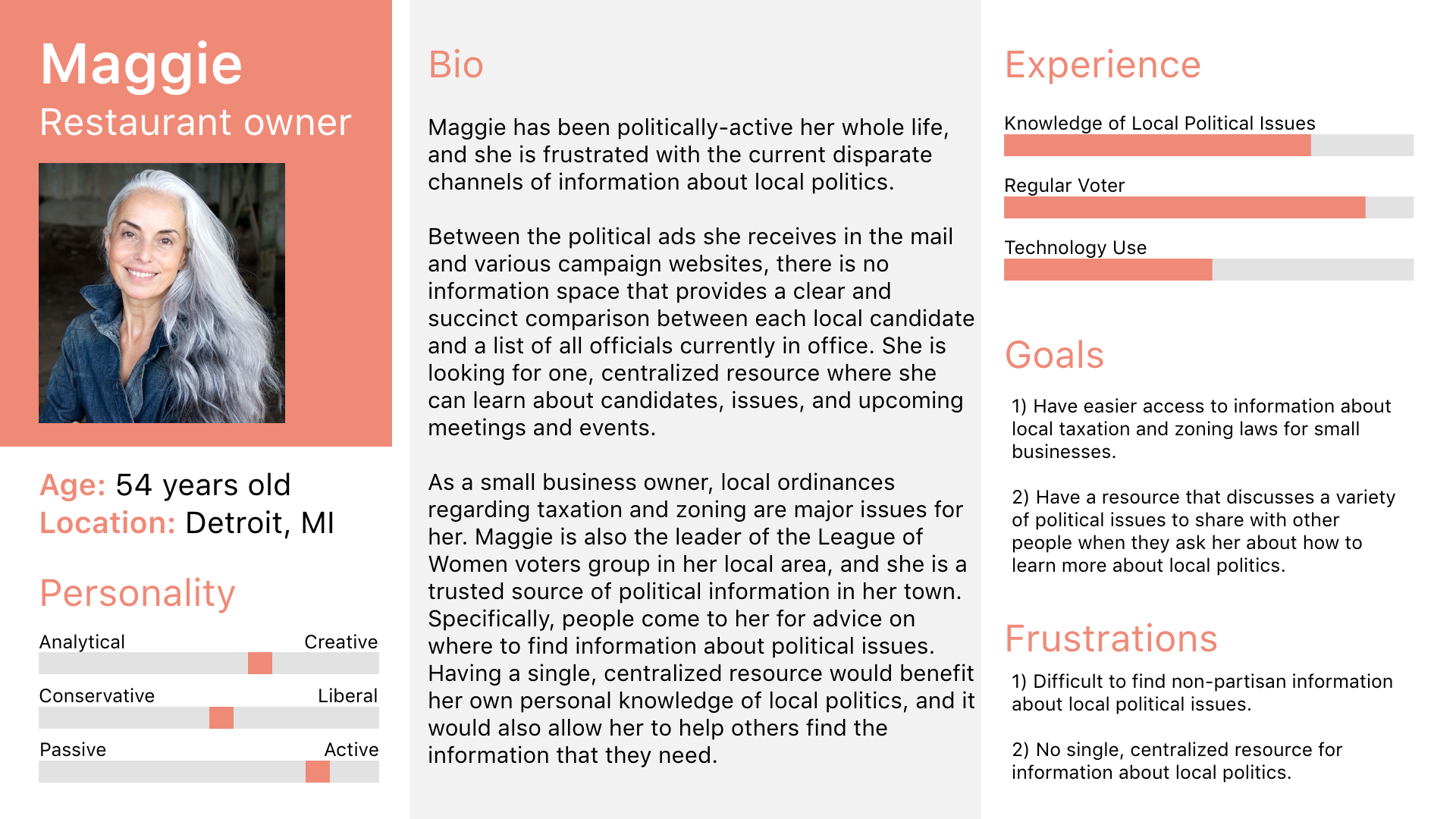
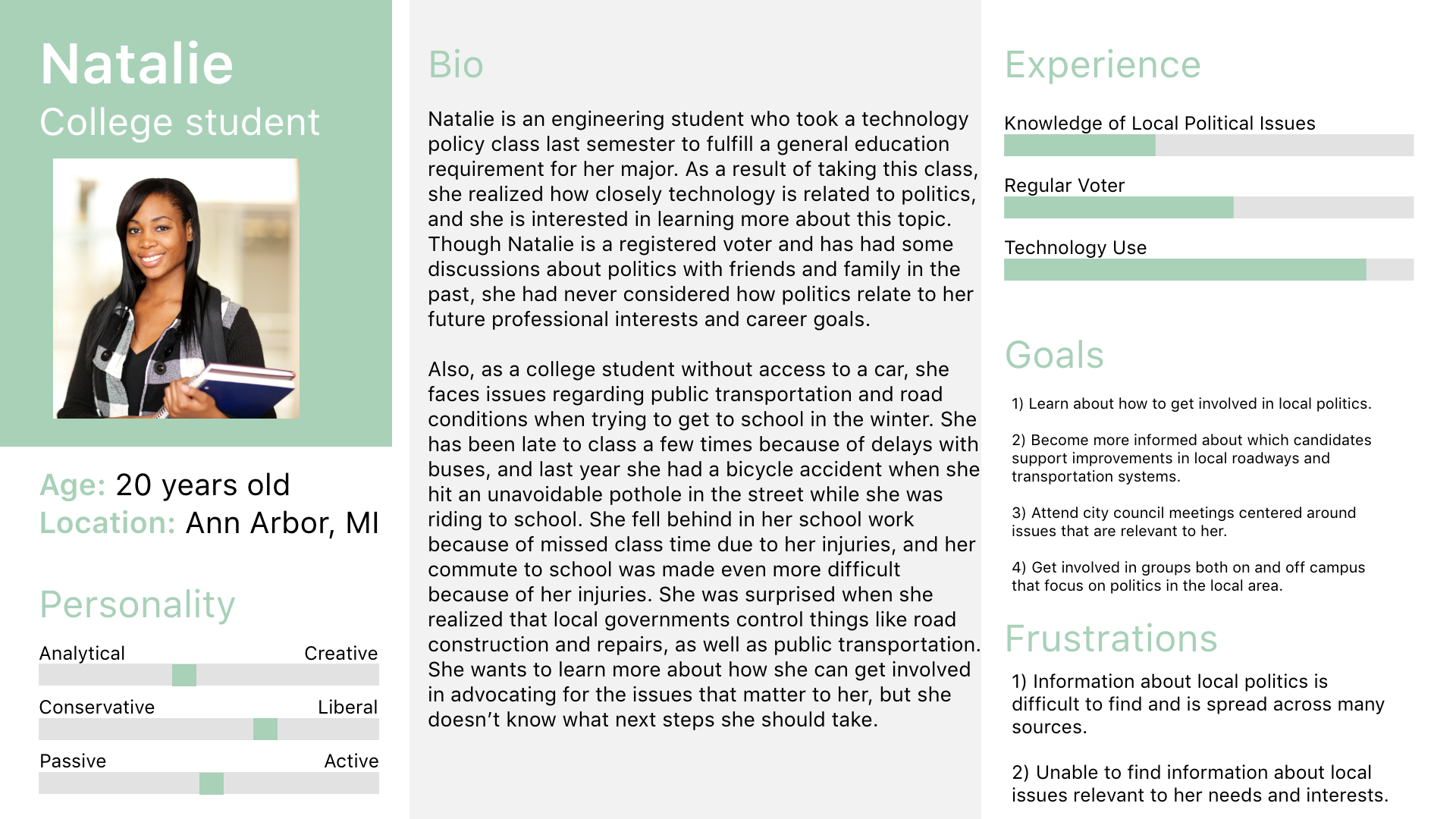
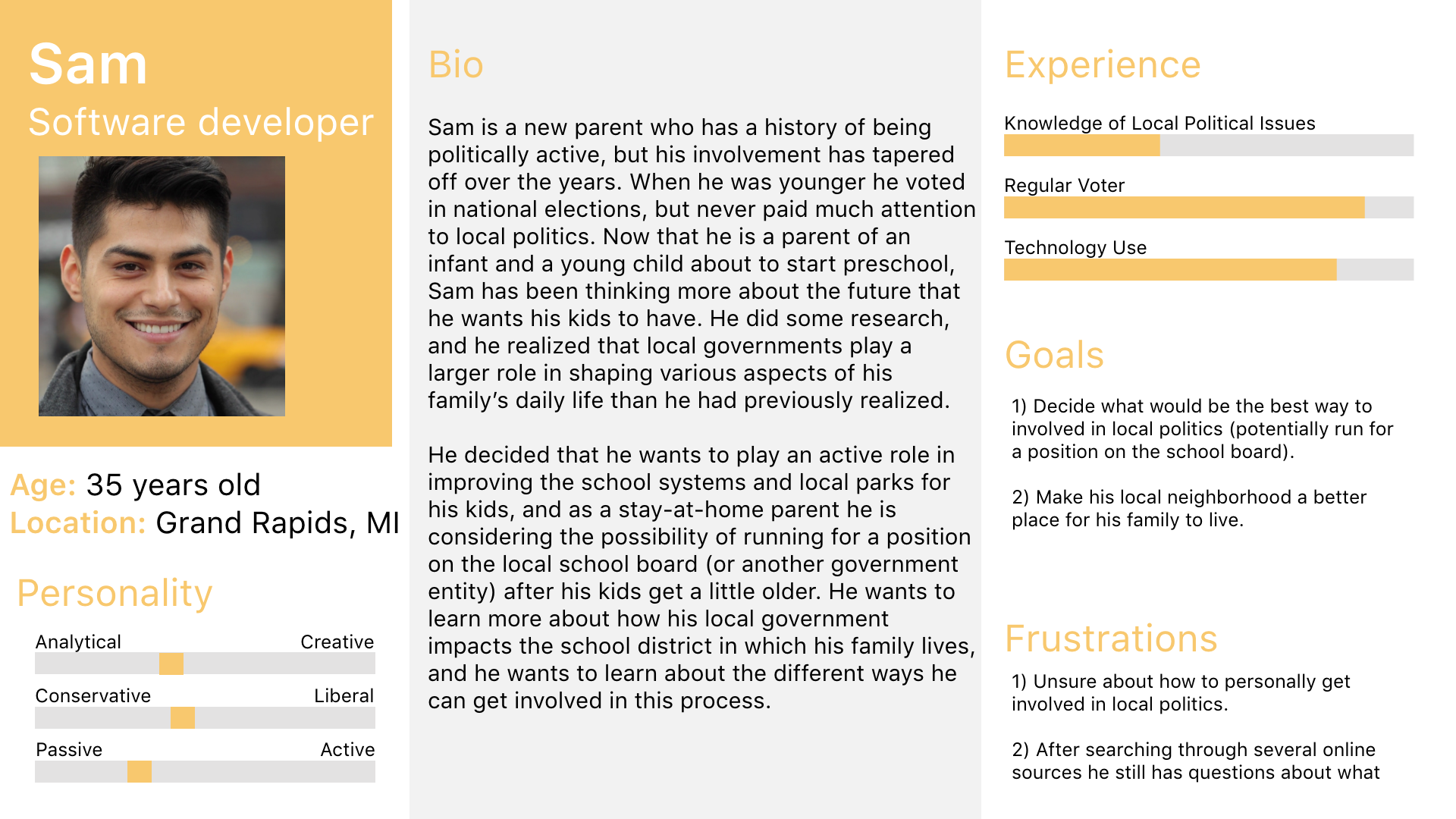
I sketched a variety of solutions varying from public installations to mobile applications.
I then completed a variety of storyboards, illustrating different scenarios for each of my sketched solutions.
After completing a variety of sketches and user interviews, I realized that I wanted to create a tool that could be implemented within the technology resources at a local library.
In order to determine various design decisions for interactions on the Local Vote interface, I completed a QOC (Questions Options Criteria) analysis.
As a result of this analysis I decided to allow users to:
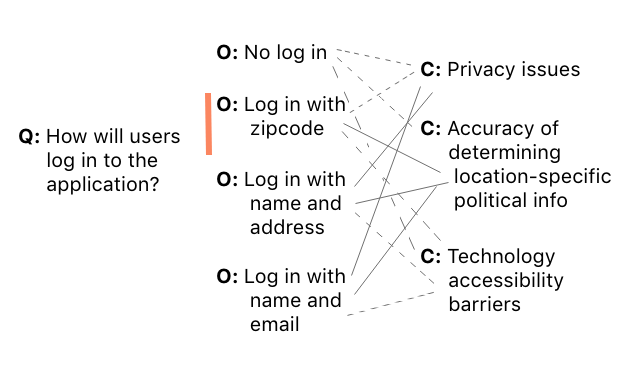
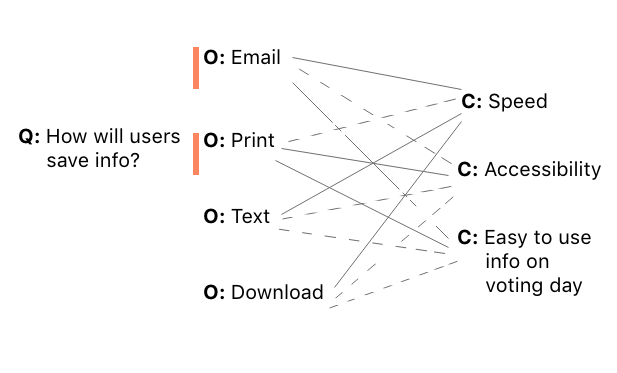

The QOC informed the following 3 sketches of the login flow:
I created both a paper (lo-fi) and digital (hi-fi) prototype for my Local Vote application design.
Watch the paper prototype below:
After a few more feedback sessions I presented my final project to my classmates. I also reflected on the process of designing this application and who I am as a designer.
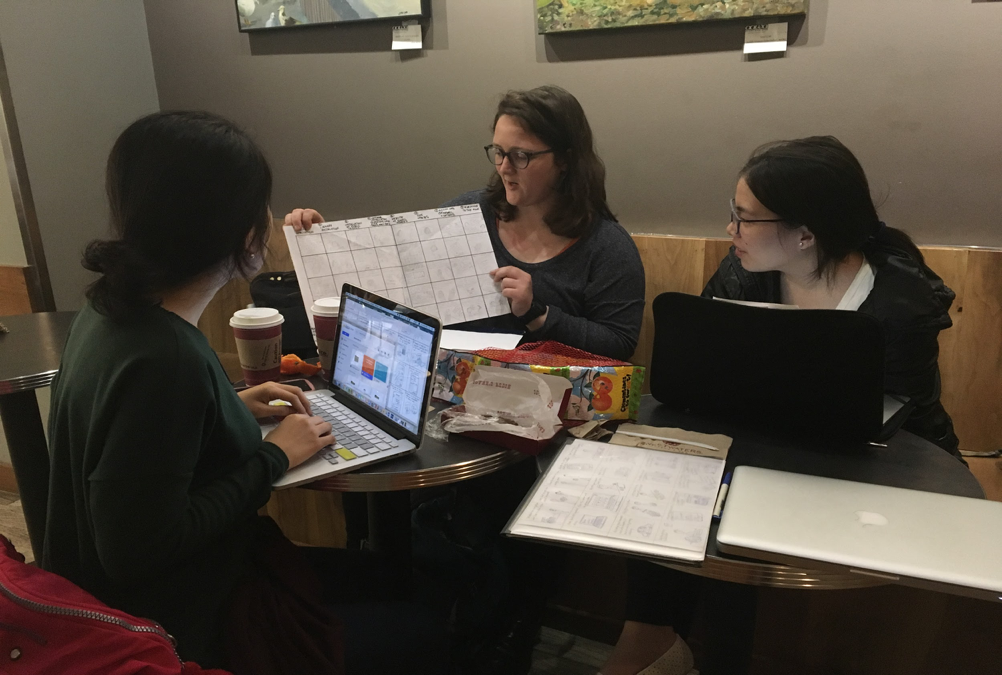
I hope that the Local Vote application leads to an increased participation in local elections among millennial voters. It is also my goal that this application will convey the interrelated nature of voting, reading the news, and generally being involved in and informed about what is going on in one’s local community.
Although the main purpose of this application is to provide users with the opportunity to learn about local politicians and make a voting plan for election day, I hope that their interactions with this application convey the reality that civic engagement is important and can happen at any time of the year, not only during elections.